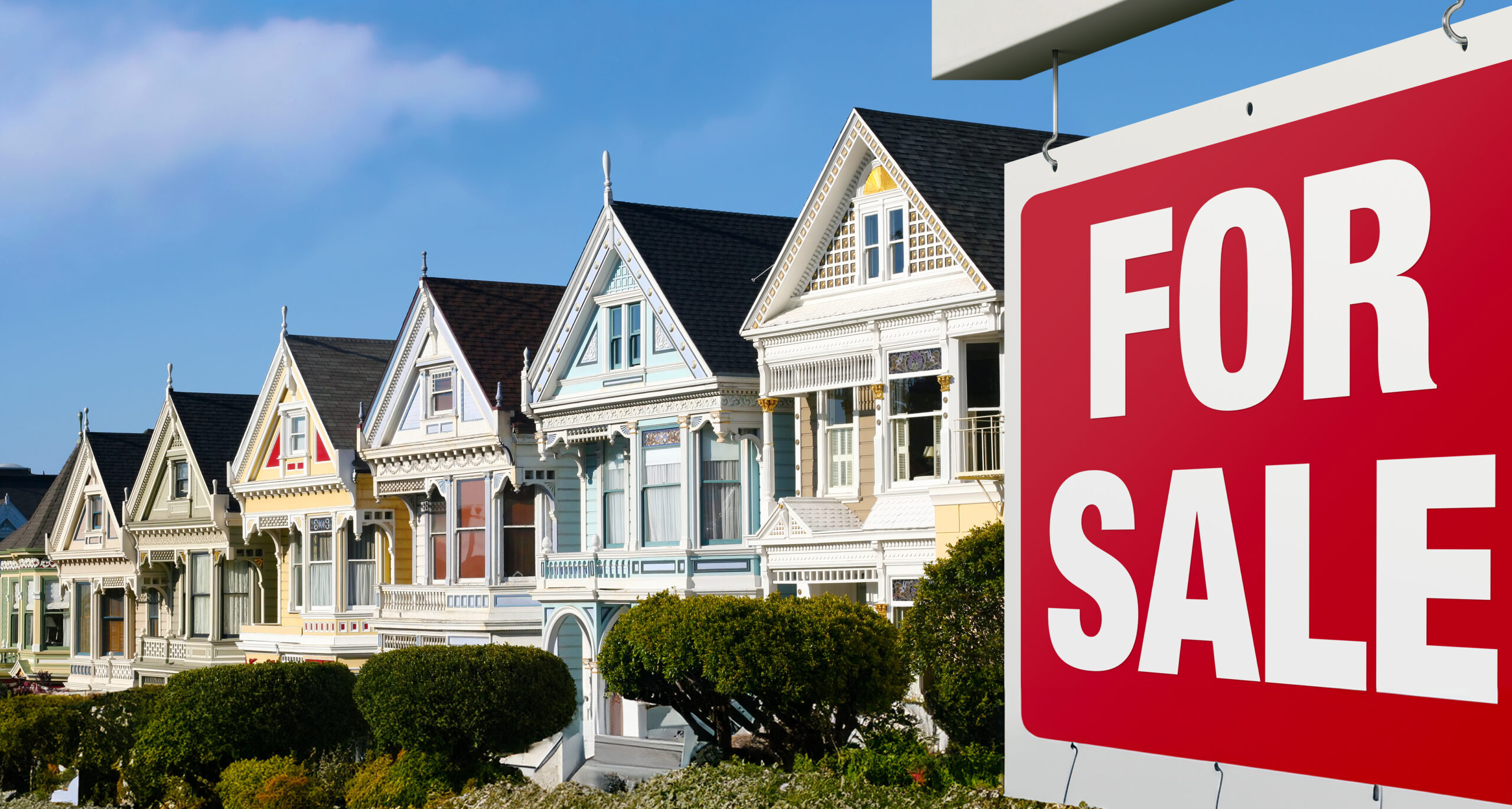Like all California cities, San Francisco must comply with state mandates and has in response promised to create “more space for families, workers and the next generation of San Franciscans.” The city’s Housing Element Update is its guidebook for accommodating housing needs through 2031. To get there will require “rezoning to accommodate 36,200 additional units above current zoning to meet state requirements.”
Reaching that lofty goal, officials say, will require change in neighborhoods that have been “historically limited” to multifamily housing construction. It will also require households in those districts to adopt an entirely new mindset.
The neighborhoods that fall under this definition have “benefitted from redlining,” says the plan, and their residents have enjoyed life in a bubble created by “racially restrictive covenants and rules, and primarily single-family zoning,” both of “which are less affordable to non-white households.” Only 10% of “all new affordable and mixed-income housing construction” has been built in these neighborhoods since 2005, Axios reports, even though they make up “more than half of the city.”
Since the city has limited buildable land, much of any new housing will have to go up – straight up. In some rezoned corridors, the building heights will be six to eight stories. Taller structures will be “considered in specific locations” with “a limited number of select parcels” towering 12 stories and higher.
Some proposed height increases from an earlier version have already been lowered, some removed altogether, others increased. It will be interesting see how reaching upward conflicts and/or squares with the city’s “sunlight ordinance,” which mandates that new structures higher than 40 feet “that would cast additional shadows” on parks can be approved only if “the shadow is determined to be insignificant or not adverse to the use of the park.”
It would be no stretch to say San Francisco has developed a fear of heights.
The plan’s reach for the clouds – and San Franciscans’ aversion to even mid-rise construction – reminds me of Bob Tillman, the man who wanted to build an eight-story, 75-unit apartment complex on his own San Francisco property. Hardly a skyscraping Glass Tower, locals lined up against it was too near a public school and would violate (presumably) students’ privacy, was not conceived as a 100%-affordable project and required the demolition of a “historic” Mission District laundromat.
Asking why anyone would want to preserve a laundromat is not the right question. (The pre-textual answer is that it was often a meeting place for activists and therefore is historically relevant.) But knowing that anti-development forces will do and say most anything to stop construction anywhere near anyone provides a clear understanding of the opposition’s thinking.
Historic or not, the laundromat was eventually demolished and the property approved for an eight-story mixed-use infill. To get there, Tillman, who sold the property in 2019, had spent more than $1 million dollars in legal fees and several years of his life simply trying to exercise his property rights. It’s hard to think of a better example of how hard it is to build new housing in San Francisco.
Back to the ambitious city plan. Much of the development in the “Housing Opportunity Areas” will be exempt from previous density limits. Densities of future housing will be dictated by “requirements of the planning code that limit a building’s envelope, such as height, lot coverage and bulk.”
This could produce radical change, at least relative to most San Franciscans’ resistance to any proposed departure from the status quo in housing matters. It’s more than enough to trigger NIMBYs (Not In My Back Yarders) to lay down in front of the bulldozers.
The planning document goes on for more than 30 pages, and it doesn’t take long for it to wander off into the progressives’ chestnut grove. By page 4, it’s sputtering about “expanding housing affordability and diversity”; “creating a more predictable and fair process to approve and build housing”; and “encouraging pedestrian-friendly and transit-oriented development and improving environmental performance through urban infill development.”
It’s been obvious over the years that these goals don’t mix well with efforts to increase the housing stock anywhere in this country. They tend to be obstacles rather than gateways. It seems almost impossible that planners haven’t been able to learn this.
Overall, the proposal is too heavy on planning and too light on allowing the market – the organic voluntary exchange between free agents that’s too messy for some because it can produce outcomes that offend their tastes and their selfish objectives – to dictate how San Francisco meets its housing needs. But it does show a willingness to address a serious problem in way that’s been missing.
It’s also encouraging to see the mayor admit that San Francisco has been a city where plans to boost the housing inventory go to die and apparently aims to do something about it. It might cost him at the ballot box come reelection time, but then it might help the city break out of the can’t-build-won’t-build rut it’s long been stuck in.
Kerry Jackson is the William Clement Fellow in California Reform at the Pacific Research Institute.

